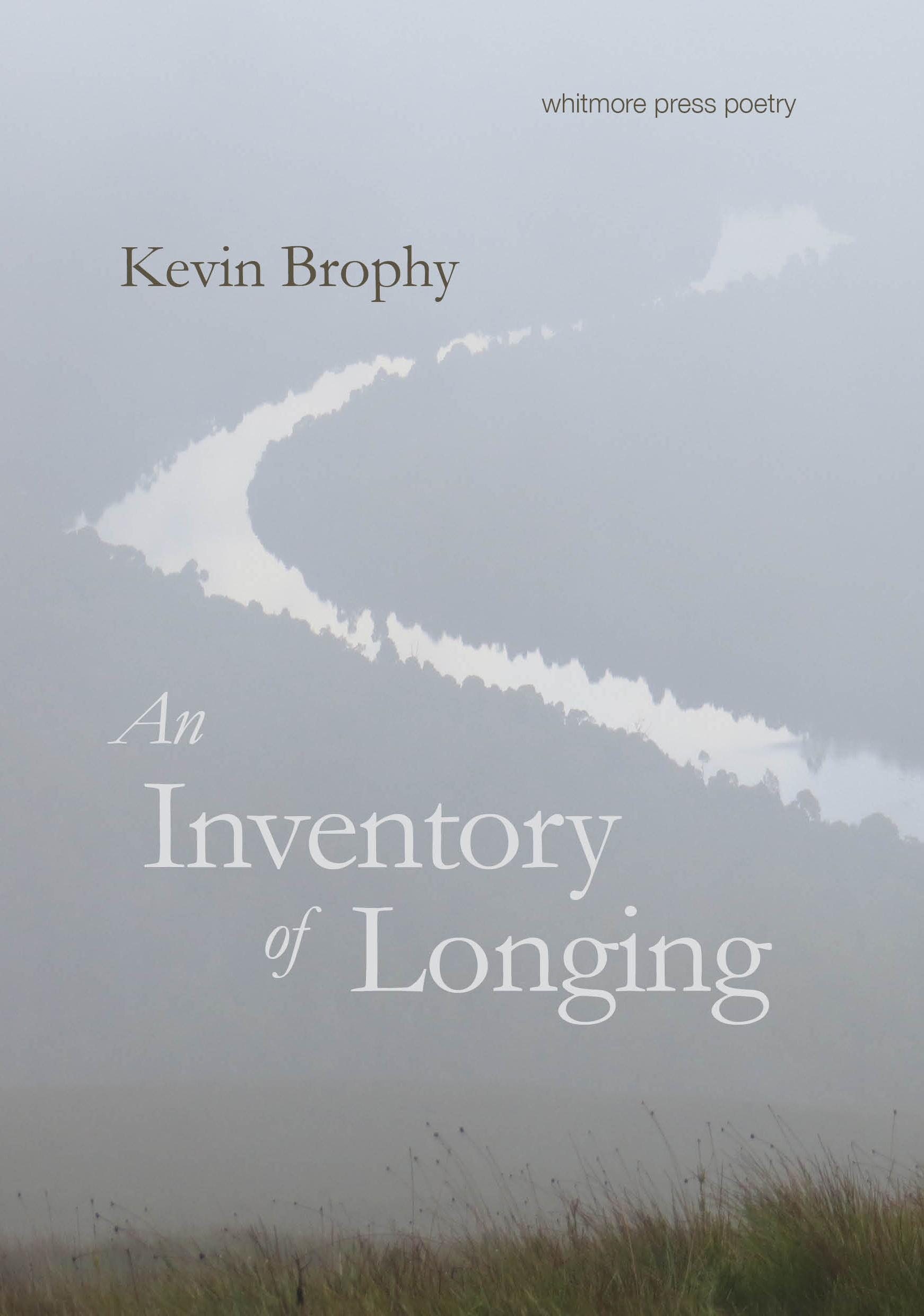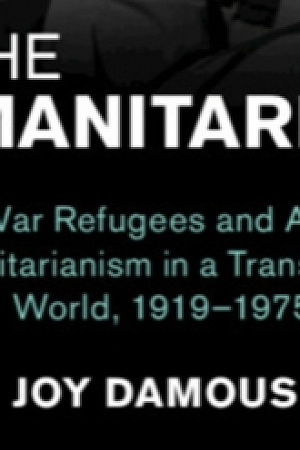The Great Cauldron: A history of southeastern Europe
Harvard University Press (Footprint), $89 hb, 734 pp, 9780674983922
The Great Cauldron: A history of southeastern Europe by Marie-Janine Calic, translated by Elizabeth Janik
South-eastern Europe is a region defined by ambiguity: with few clear geographic boundaries or consensus over its correct appellation, it is a palimpsest bearing the marks of Balkan, Roman, Byzantine, Venetian, Ottoman, and central European cultures. As the identities of the region’s inhabitants have shifted across the centuries, their position within the European imagination has never quite settled – south-eastern Europeans remain at once familiar, yet foreign and mystifying. Of course, such a perception leaves a good deal to be unpacked. Taking up this challenge with The Great Cauldron: A history of Southeastern Europe, Marie-Janine Calic provides a sweeping overview of the history of this region and its people, from the late antiquity to the present day. Translated from the German by Elizabeth Janik, this 734-page volume adopts the perspective of global history in an effort to provide a new account of this contentious quadrant of Europe.
Drawing upon published sources in seven European languages, The Great Cauldron is a tremendous work of synthesis. Its originality lies primarily in Calic’s curation of existing scholarship on territories that in the twentieth century became part of Yugoslavia, Bulgaria, Romania, Albania, and Greece. The work sets aside familiar explanatory frameworks by which the history of this region is interpreted either as a linear evolution of nation states, or else as an imperial periphery viewed from distant centres of Vienna, Istanbul, or Venice. Calic also eschews the approach of reading this history through the Western categories of progress and modernisation. In arguing that these approaches often fail to consider south-eastern Europe on its own terms, Calic traces the history of this region and its inhabitants across a series of global interactions and interrelationships. Her exhaustive mapping of political, cultural, and economic trends is rhythmically punctuated with micro-histories of specific places at critical moments in time, and biographical sketches of those who facilitated transborder encounters.
Continue reading for only $10 per month. Subscribe and gain full access to Australian Book Review. Already a subscriber? Sign in. If you need assistance, feel free to contact us.















Leave a comment
If you are an ABR subscriber, you will need to sign in to post a comment.
If you have forgotten your sign in details, or if you receive an error message when trying to submit your comment, please email your comment (and the name of the article to which it relates) to ABR Comments. We will review your comment and, subject to approval, we will post it under your name.
Please note that all comments must be approved by ABR and comply with our Terms & Conditions.